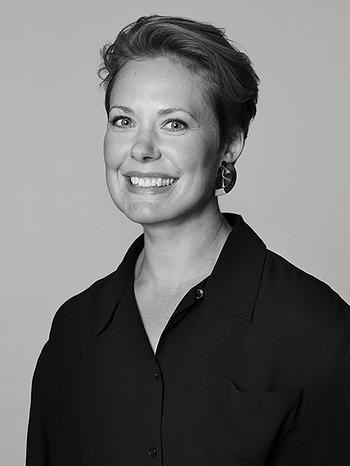Ebbe Stub Wittrup
"Presumed Reality #10", 2006
Edition 3/5 + 2 AP. C-print mounted to aluminum 160 x 240 cm. Certificate by Martin Asbaek Gallery, Copenhagen is included.
Provenance
Martin Asbaek Gallery, Copenhagen.
Exhibitions
Nusser & Baumgart, München "Ebbe Stup Wittrup - Presumed Reality", 7 July - 12 August 2011.
Martin Asbaek Gallery, Köpenhamn, "Ebbe Stup Wittrup - Presumed Reality", 12 August 12 - 17 September 2011.
Kunsthallen Brandts, Odense, "Ebbe Stup Wittrup - Presumed Reality", 14 October 2011 - 20 January 2012.
Literature
Ebbe Stub Wittrup, "Presumed Reality", 2011, ill.
Artist
Since the end of the 1990s, Ebbe Stub Wittrup’s artistic practice has focused on the photographic medium. In his photographs whether we look at his neorealistic snapshots or the more conceptually oriented photo series we find a mysteriousness that makes one think of a series of narrative parallel worlds. This is reflected quite specifically in his latest exhibition, Burning in Water Drowning in Flames, 2010, where he combines his photographs with other media such as video, text and objects.
In his early works Ebbe Stub Wittrup used manipulative photographic devices, but in more recent works he has aimed at the deliberate cultivation of a distinctive, photographically determined aesthetic that calls forth a visible (and convincing) viewed reality. For Wittrup the point is to work with reality on the basis of a specific conception of the world, a conception that he expresses through the documentary idiom of the works. In so doing he seeks at the same time to convey the mythical quality inevitably implemented by tale and legend. For example he photographs various medieval bridges in southern Europe, also called Devil’s Bridges, whose almost utopian topographical locations encourage myth-formation. In that sense they are not manipulative photographs, for the bridges are shown in the correct perspective. This further helps to stress the concrete realism of the pictures. And yet they are not landscape photographs that commemorate the panoramas of the everyday, snapshot-like postcard. There is something unsettling about these grand, enigmatic, distant black-and-white photographs that evokes memories of Edmund Burke’s sublime tableaux with an effect of both terror and attraction on the viewer.
Read more




























